In the realm of heavy transportation, understanding the intricacies of semi-trailer maintenance is paramount. Among the various maintenance tasks, one of the most critical is ensuring the braking system is in optimal working condition. An efficient braking system is vital for safety, compliance with regulations, and financial viability. This guide will delve into the specifics of how much it costs to install brakes and drums on semi-trailers, offering insightful analysis to facilitate informed decision-making.
Understanding Braking Systems in Semi-Trailers
Before diving into costs, it’s essential to grasp the components of a semi-trailer braking system. The primary components include:
- Brake Drums: These are large, cylindrical parts that work with brake shoes to slow down or stop the vehicle.
- Brake Shoes: These are the parts that press against the brake drums to create friction and halt the trailer’s motion.
- Brake Springs: These provide the necessary tension for the brake shoes to return to their original position after braking.
- Hydraulic Components: These facilitate the transfer of force from the driver’s input to the braking mechanism.
- Actuation Mechanisms: These can be either air or hydraulic systems, depending on the trailer’s setup.
Importance of Quality Components
Investing in high-quality components is essential for longevity and reliability. While the cost may be higher initially, it often results in reduced maintenance and increased safety down the road. Lower-quality parts might save money upfront but could lead to more frequent replacements and potential safety hazards.
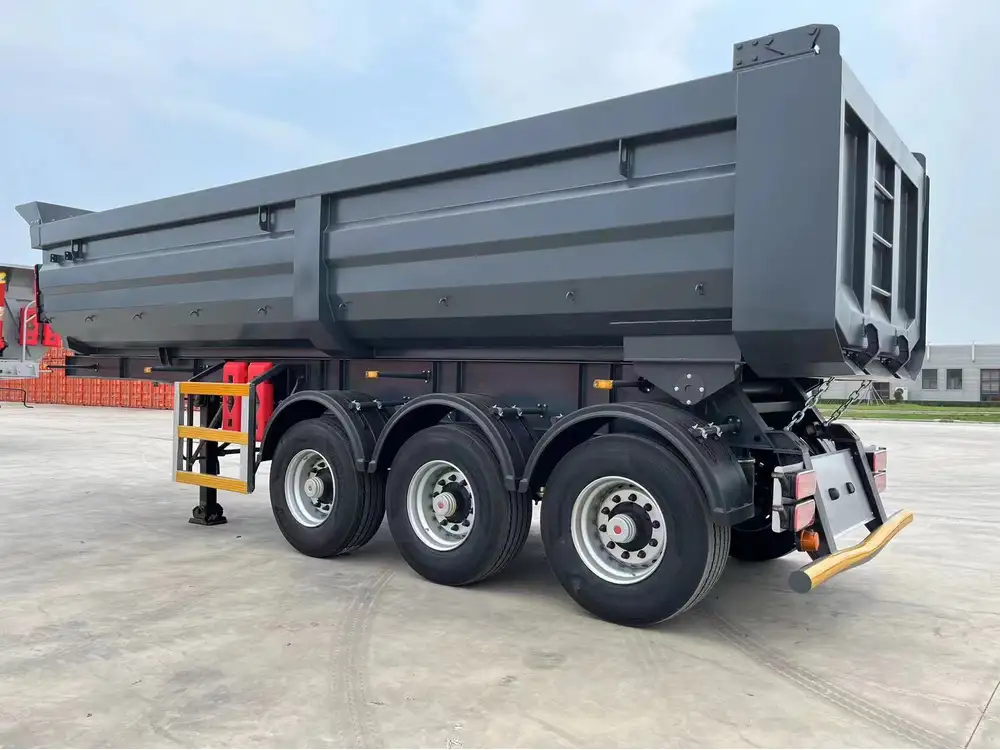
Factors Influencing Costs of Brake and Drum Replacement
1. Type of System
The most significant factor influencing costs is the type of braking system installed. There are two predominant types:
- Air Brakes: Commonly used in semi-trailers, air brakes are efficient but have a higher initial installation and maintenance cost.
- Hydraulic Brakes: Generally, these are less common in larger vehicles, yet they can be cheaper to install.
Cost Comparison
| Braking System Type | Average Installation Cost |
|---|---|
| Air Brakes | $2,000 – $4,000 |
| Hydraulic Brakes | $1,500 – $3,500 |
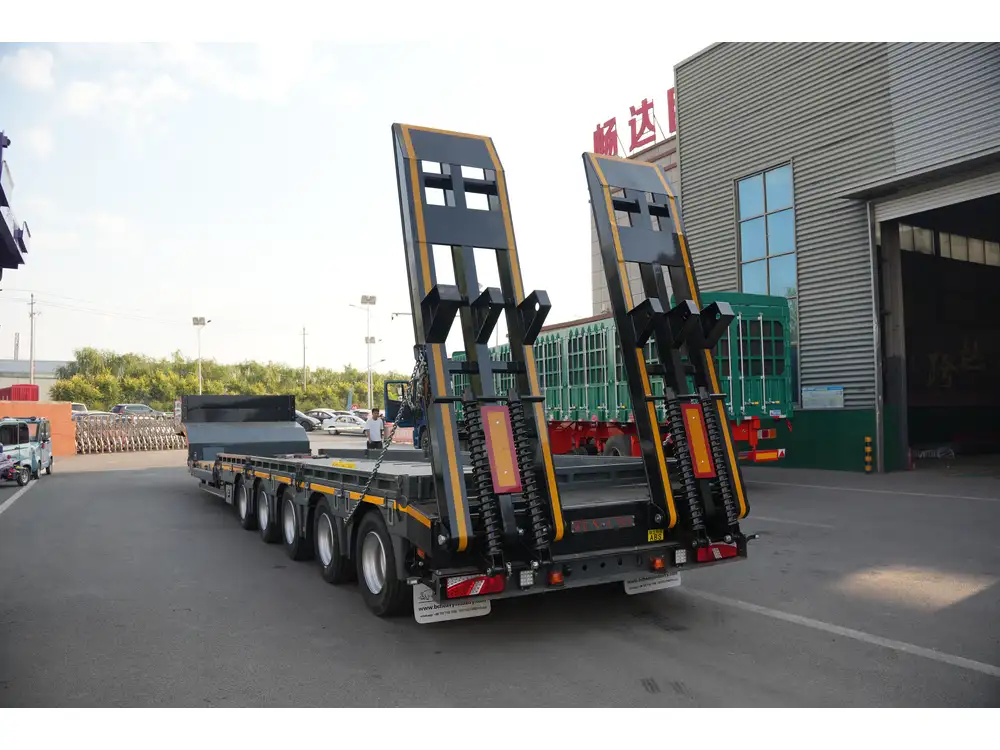
2. Labor Costs
Installation labor fees can vary significantly based on the geographical location and the expertise of the service provider. On average, labor costs for brake installation range from $75 to $150 per hour.
Estimated Labor Breakdown
| Task | Hours Required | Estimated Cost (at $100/hr) |
|---|---|---|
| Removing old components | 2-3 hours | $200 – $300 |
| Installing new components | 2-3 hours | $200 – $300 |
| Testing and quality checks | 1-2 hours | $100 – $200 |
| Total Estimated Labor Cost | 5-8 hours | $500 – $800 |
3. Quality of Parts
The choice between OEM (Original Equipment Manufacturer) parts and aftermarket parts is another significant factor in overall costs. OEM parts often come with a warranty and are typically more reliable, while aftermarket parts may be cheaper but vary in quality.
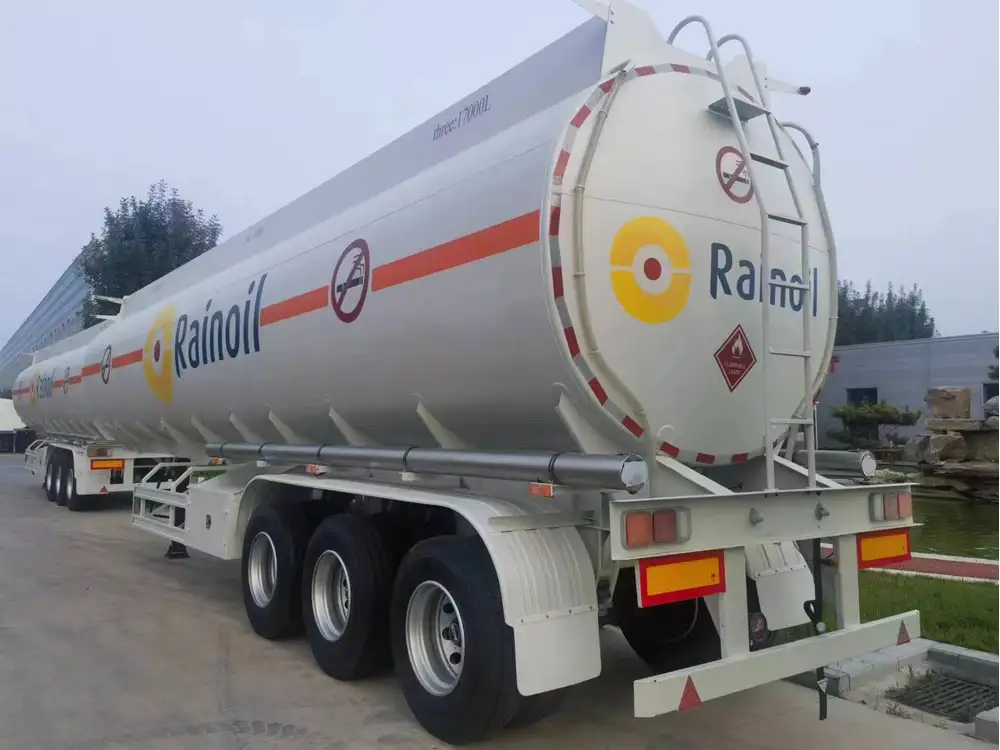
Cost Example for Parts
| Parts Type | Average Cost | Warranty |
|---|---|---|
| OEM Brake Drums | $300 – $600 | 1-2 years |
| Aftermarket Brake Drums | $200 – $400 | Limited (if any) |
4. Additional Components and Services
When replacing brakes and drums, other parts may also need replacement or servicing. This could include:
- Brake Lines: Corroded or damaged lines should be replaced.
- Wheel Bearings: Inspect and replace if necessary.
- Labor for Extras: Additional time may be needed for more complicated jobs.
Table of Additional Component Costs
| Component | Average Cost | Remarks |
|---|---|---|
| Brake Lines | $100 – $200 | Essential for safe operation |
| Wheel Bearings | $50 – $150 | Replace if worn or damaged |
| Additional Labor | $50 – $100/hour | Varies based on job complexity |
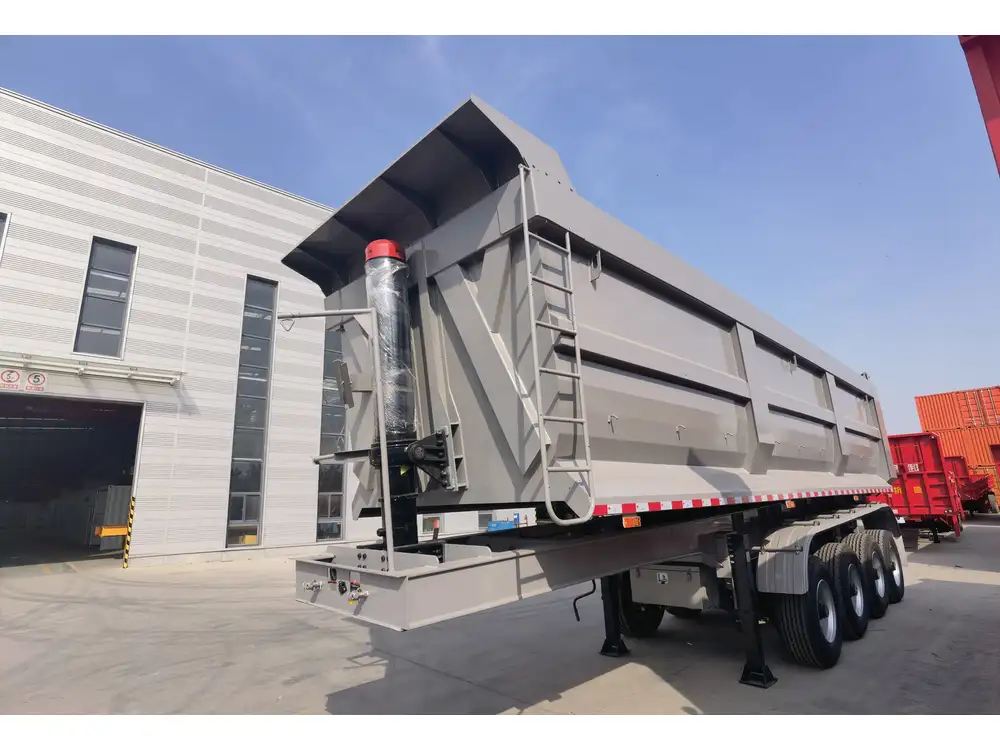
Comprehensive Cost Breakdown for Brakes and Drums Install
Now, let’s encapsulate all the variables discussed into a comprehensive estimate. Considering a scenario with an air brake system, here’s how the costs can be structured:
Example Scenario: Air Brake Installation
| Cost Component | Estimated Amount |
|---|---|
| OEM Brake Drums (4) | $1,200 (avg. $300 each) |
| OEM Brake Shoes (8) | $800 (avg. $100 each) |
| Labor Cost | $500 |
| Additional Components | $300 |
| Total Estimated Cost | $3,100 |
In this scenario, for a thorough brake and drum installation in a semi-trailer, you might be looking at an approximate cost of $3,100.
Installing Brakes and Drums: A Step-by-Step Overview
Understanding the installation process gives additional clarity regarding the costs involved.

Step 1: Assessment and Diagnosis
Before any installation can occur, a thorough inspection is necessary. This involves checking the existing brake components for wear and tear.
Step 2: Disassembly
The technician will disassemble the old brake assembly, including removing the wheels and brake drums and cleaning any mechanical components.
Step 3: Installation of New Components
New drums and shoes are installed, ensuring alignment and fitment. It’s crucial to replace worn components simultaneously.
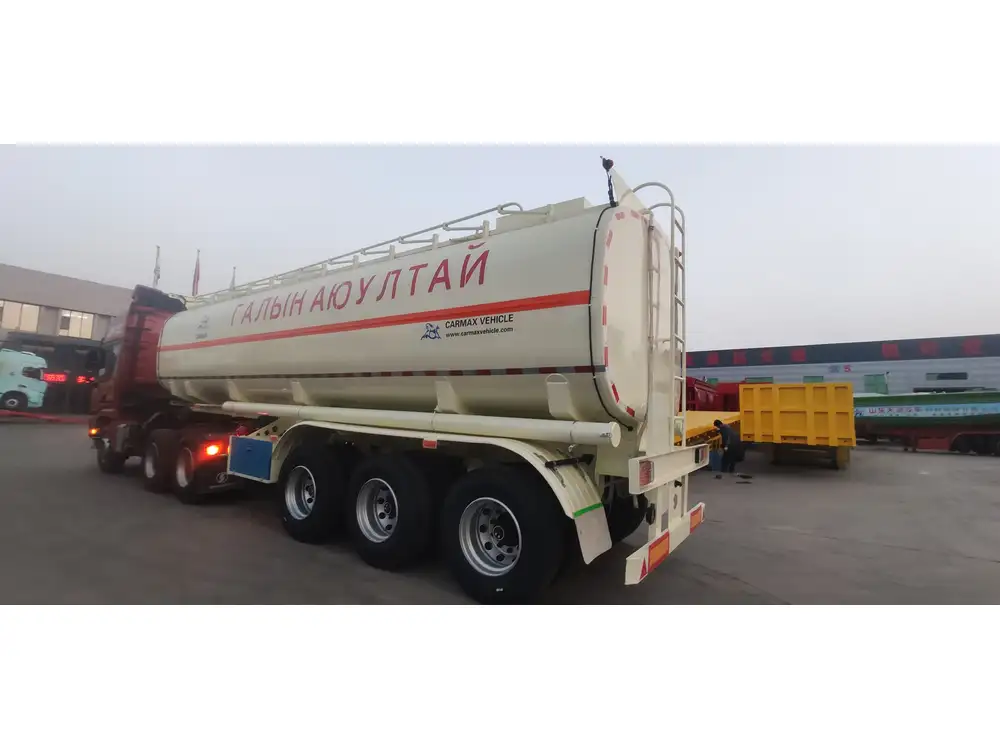
Step 4: Adjustment and Testing
Once installed, adjustments are made to the brake system. All components should now function correctly, which leads to the crucial testing phase.
Step 5: Quality Assurance Checks
Final checks are essential to ensure everything is bolted securely and operating optimally.
Common Issues and Considerations

Problem 1: Noisy Brakes
Noise during operation may indicate improper installation or worn components. Regular checks can prevent this issue.
Problem 2: Uneven Wear
This can arise from misaligned brakes or excessive wear on certain parts. Proper installation and maintenance are key.
Problem 3: Brake Fade
Brake fade occurs when brakes lose effectiveness due to overheating. Regular maintenance check-ups can identify potential causes.

Maintenance Tip
Consider implementing a regular schedule for inspections, ideally after every 10,000 miles or before long hauls, to ensure all braking components remain in optimum condition.
Conclusion: Making Informed Decisions
Understanding the costs associated with installing brakes and drums on semi-trailers is crucial for fleet managers and owners alike. The amalgamation of quality components, skilled labor, and preventive maintenance leads to safer and more reliable operations.
Takeaway Urgency
In a world that prioritizes safety and efficiency, neglecting the braking system can lead to disastrous consequences. By being proactive about installations and maintenance, you significantly enhance both the lifespan of your semi-trailers and the safety of your road operations.
To remain competitive and safe, making well-informed, timely decisions regarding brake maintenance is not just a necessity but a vital aspect of running a successful semi-trailer operation.



